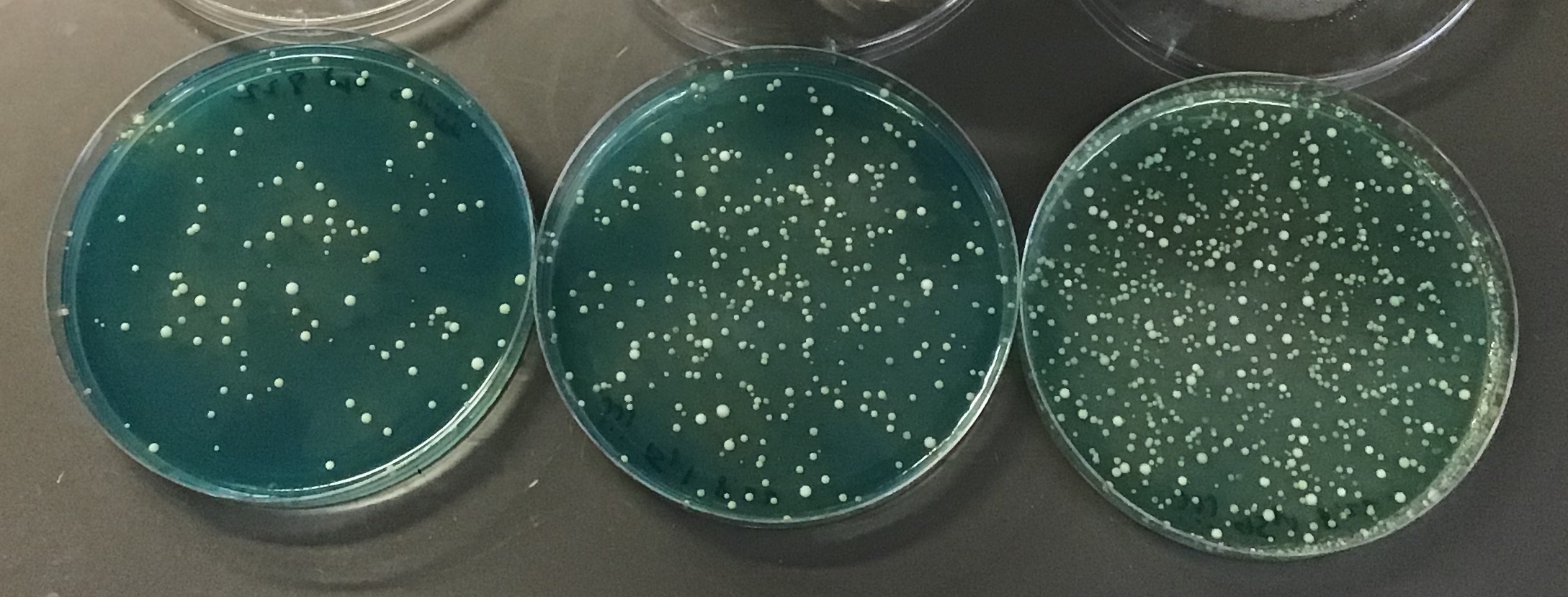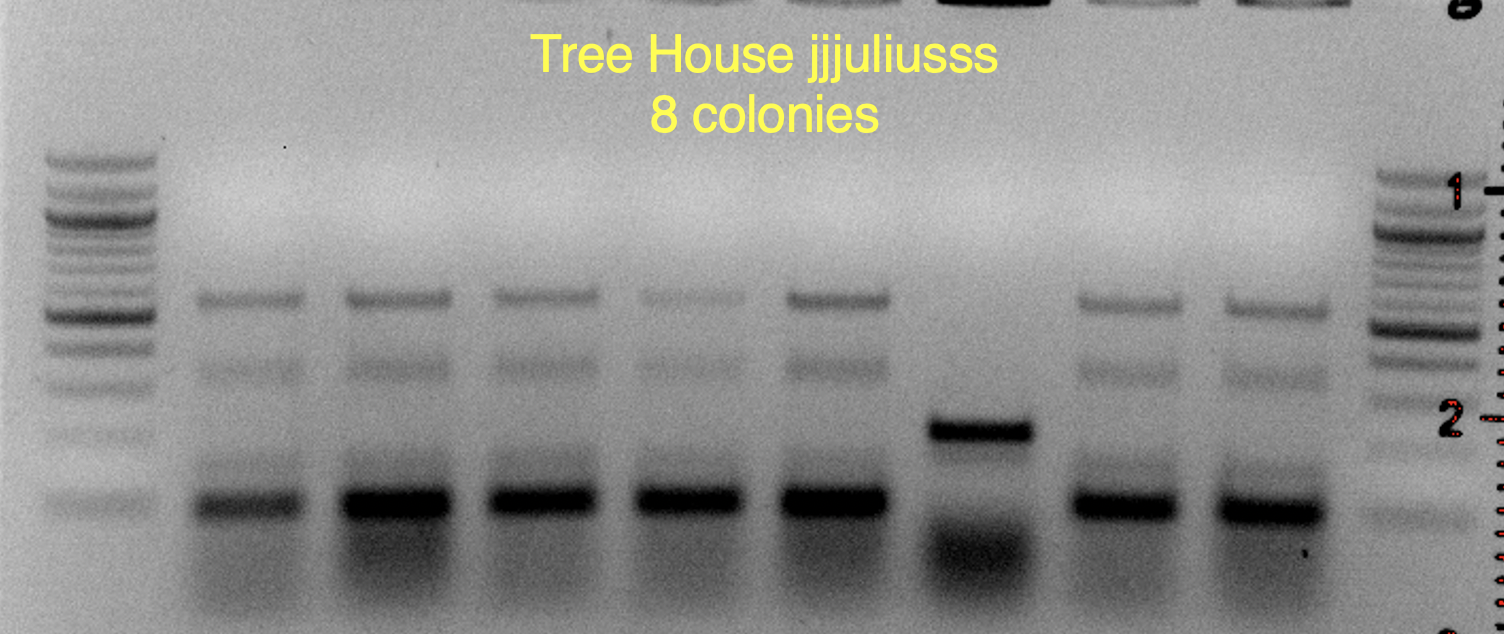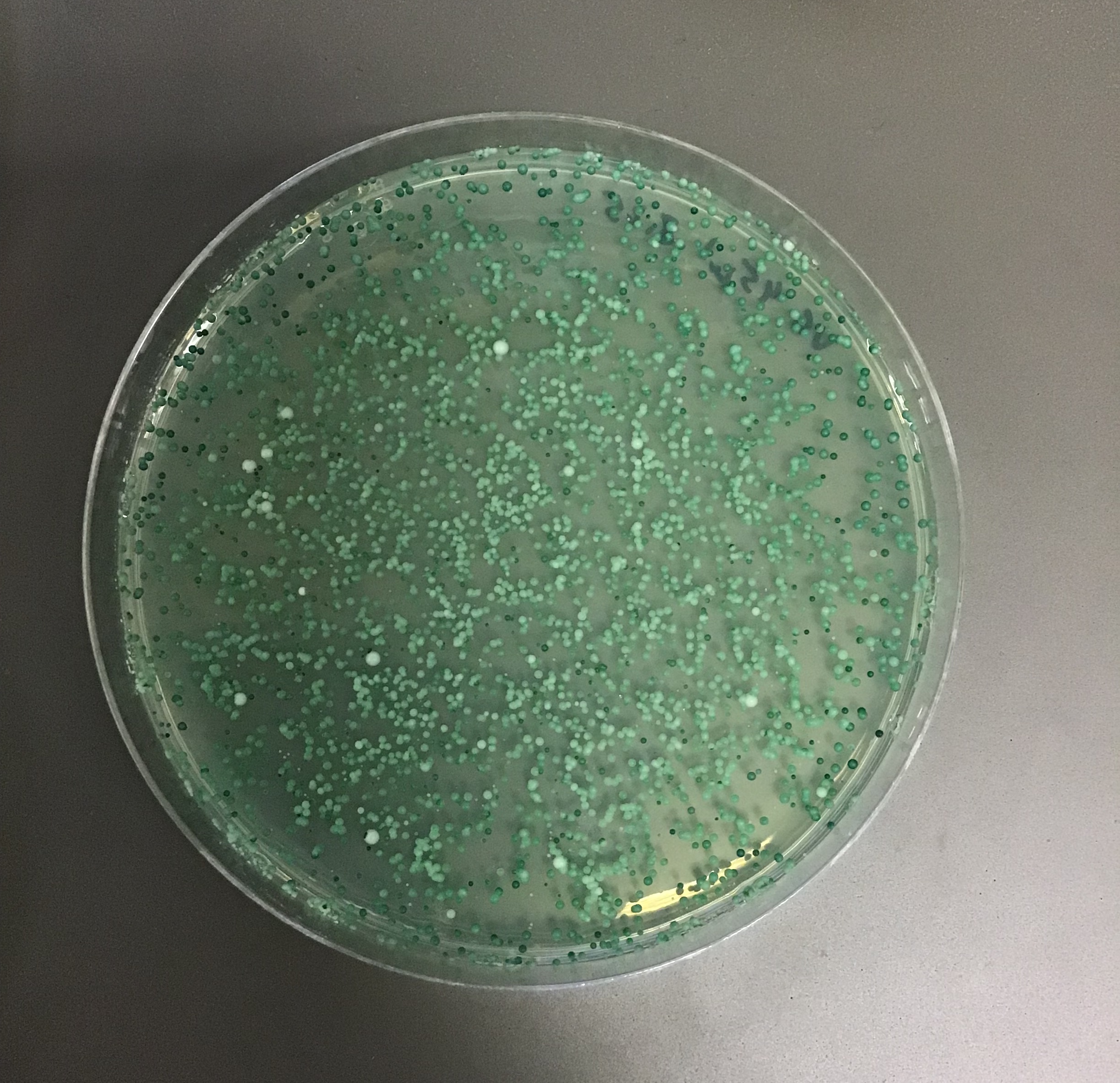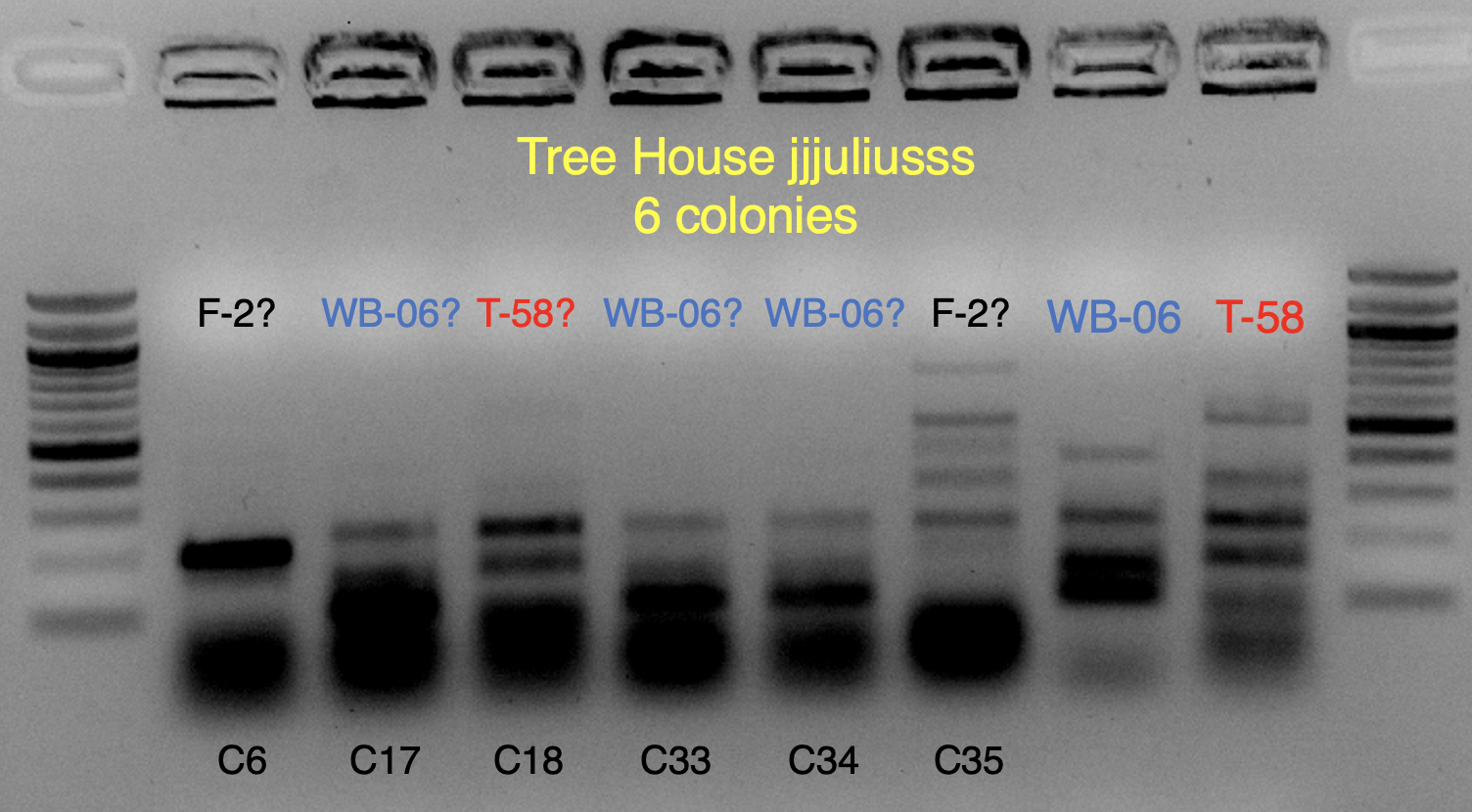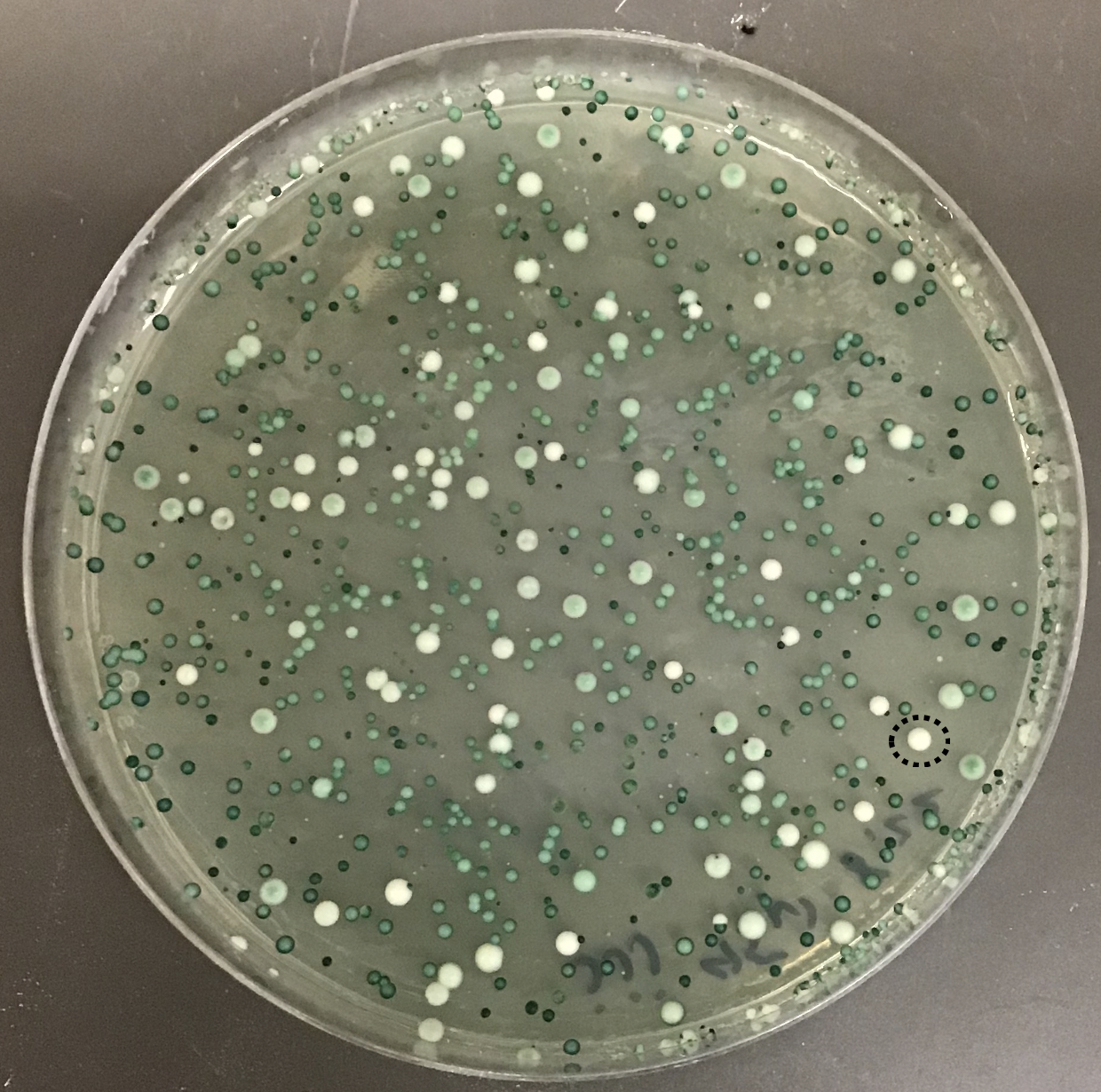@MrPowers I feel your pain brotha, I’m in PA and finding TH is always difficult.. maybe some folks should be sending us cans for charity

I’ve said it before and will continue to do so — TH is a modern style blending and krausening experiment — There is no other way you will achieve their mouthfeel and complexity, sometimes opposing bready and fruity characteristics with a unidimensional/unidirectional process, otherwise everyone else will be brewing beers like them. How Firestone Walker produce such amazing barrel aged stouts? ever wondered why all top rated beers in the world are mostly barrel aged stouts?, how New Belgium, Oskar Blues and even Dogfish Head keep consistency of their flagships?, How Big Beer, and some Large Craft control their quality and yet keeping simple processes and achieve their consistency day in and day out?. Blending is still in its modern infancy despite being such an old technique and unfortunately most people see it as a means of correcting flaws or for open fermented or barrel based styles but there is much more to it, and it’s all around us. All the best breweries in the world achieve their complexity and yet simplicity through blending synergy and TH is no exception, they just found a way to do it with a modern style of beer and while everyone else keeps brewing unidimensionally they’ll always be at the top.
With all the evidence we’ve found all these years, there is no question their beers have multiple yeasts phenotypes and yet their final product is a perfect balance of each one’s properties. Malt wise, we know they use different malts that may not even make sense putting all in one wort without being too complex — the list goes on. The biggest complain of all clone attempts is the phenolic spice train wreck caused by the POF+. Independent of which permutation you pursue, when you co-pitch yeasts of different styles unidimensionally (1 wort) you lose control and it’s all for grabs... yeast decide for you that day, will you take that risk with a multimillion dollar facility?? you can have luck for a couple days just to see your brew go south, complains keep going on and on. Fermenting separately allow the yeasts to run their course on their own direction, but yet you are still in control of the final product and yet simple enough you can achieve with 1 mash tun, 1 kettle and 2 fermentation vessels. Want to get rid of the phenolic wreck? ferment a German weiss separately, crash the yeast at almost 0C as you see in the controller pics, and blend into the already fermented S04 blonde followed with the pale ale krausening addition (or wathever other combination).. this type of approach gives you control... maybe why T-58 barely shows on the final product?, I can keep going on and on...
I don’t want people to think this is the exact solution but we need to start getting out of our comfort zone if we want to get to the bottom of this, and by leveraging simple processes where we can achieve a product aligned with the evidence we know so far, and that only can be done as a team effort.
For the sci-fi geeks, some fun quote from S.R Hadden and totally applicable here LOL - “pages and pages of data, over 63,000 and all, and on the perimeter of each... they do, if you think like a Vega’n.. an alien intelligence got to be more advanced, that means efficiency and functioning at multiple levels, and, in multiple dimensions..”
Cheers!
https://www.gearpatrol.com/food/drinks/a462014/how-brewers-use-beer-blending-techniques/
https://www.homebrewcon.org/wp-content/uploads/presentations/2007/MBPresentation.pdf
https://www.google.com/amp/s/beerandbrewing.com/amp/when-to-blend-your-beer/
https://www.homebrewersassociation.org/how-to-brew/the-art-of-blending-beer/
 .
.

